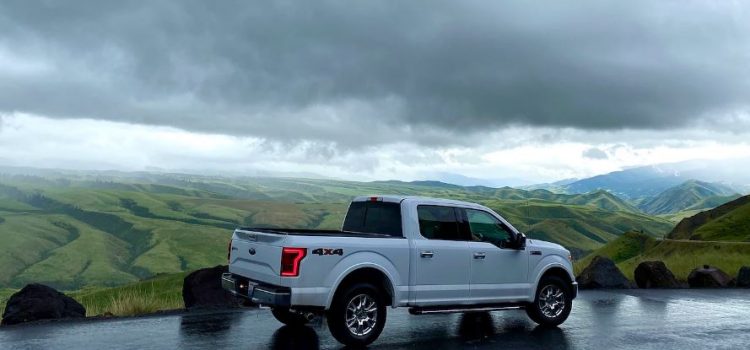
This is a free excerpt from one of Shortform’s Articles. We give you all the important information you need to know about current events and more.
Don't miss out on the whole story. Sign up for a free trial here .
What is car bloat? Why do Americans tend to prefer huge cars? What are the negative consequences?
Car bloat—a trend toward ever-larger vehicles—is taking over US roads, and it shows no signs of slowing. The trend of Americans buying bigger, heavier vehicles is amping up car prices and damaging the environment, public health, and roads.
Let’s take a look at what led to car bloat and why it’s a problem.
Americans Want Huge Cars
Car bloat—a trend toward purchasing huge cars—is taking over US roadways and wreaking havoc on consumers’ wallets, the environment, public health, and roads. But it shows no signs of slowing.
Background
Car bloat is the progressive shift in the US from smaller vehicles to larger, heavier SUVs and trucks. Roughly 80% of today’s new vehicle sales are SUVs and trucks—up from 53% in 2010.
Larger vehicles’ popularity has grown in recent years for several reasons, including:
- Their perceived safety benefits.
- Bigger cars produce higher profits for auto manufacturers than smaller cars.
How Big Are They?
The average 2021 Ford F-Series truck is 18.9 feet long, 6.5 feet wide, 6.2 feet high, and 4,000 and 5,300 pounds—it’s also 25% larger than its early 1950s counterpart. Ford’s F-150 Lightning Electric Vehicle (EV) is one-third heavier than its gas-powered F-150.
The Hummer EV weighs 9,000 pounds. Its battery, alone, weighs roughly the same as some Toyota Corolla models.
Compare these giants to the average sedan, which is 14.7 feet long, 5.8 feet wide, 4 to 5 feet high, and roughly 3,300 pounds.
Car Bloat’s Toll
Experts say that larger, heavier, taller cars are wreaking havoc on American society by:
1. Pushing car prices higher. The average price of a new car hit a record high of nearly $50,000 last December.
2. Threatening the environment and public health. Although electrifying bigger trucks and SUVs is being touted as a climate-friendly alternative to large, emissions-leaking, gas-powered vehicles, it’s no panacea:
- Larger EVs’ massive batteries, regenerative braking systems, and rapid acceleration abilities hasten and worsen tire wear, which releases toxic particles into the air, water, and soil.
- Mining for the lithium, cobalt, and nickel needed for EV batteries destroys land, water, and wildlife.
- Charging SUV and truck EVs’ giant batteries leads to extreme power consumption and the release of more emissions per mile than gas-powered vehicles.
Further, larger, heavier, taller vehicles create risks for pedestrians and people in smaller cars.
- SUVs are two to three times more likely than sedans to fatally injure pedestrians.
- Bigger cars cause more fatalities and pose a particular danger to children, who are eight times more likely to die if hit by an SUV than a sedan.
3. Putting excessive weight on roadways. Car Carriers, also called “auto haulers,” transport vehicles across US highways from ports, train stations, and factories to car dealerships. Historically, haulers have carried up to nine cars at a time, but today many can’t because bigger, heavier SUVs and trucks are pushing carriers’ weight beyond federal roadway limits.
As a result, more haulers have to leave empty spaces on their rigs—forcing them to make more trips and use more fuel to transport fewer, heavier cars—increasing road damage and emissions.
Looking Ahead
With EVs and the research on large SUVs and trucks still in the early stages, the full impact of car bloat remains to be seen. But experts say legislators should take steps now to prevent it from wreaking havoc on the economy, environment, public health, and roads. To do this, they should discourage Americans from buying the largest, heaviest cars, by:
- Taxing vehicles by weight.
- Regulating vehicle height.
- Pushing auto insurance companies to raise premiums for the heaviest and riskiest cars to cover.

Want to fast-track your learning? With Shortform, you’ll gain insights you won't find anywhere else .
Here's what you’ll get when you sign up for Shortform :
- Complicated ideas explained in simple and concise ways
- Smart analysis that connects what you’re reading to other key concepts
- Writing with zero fluff because we know how important your time is






